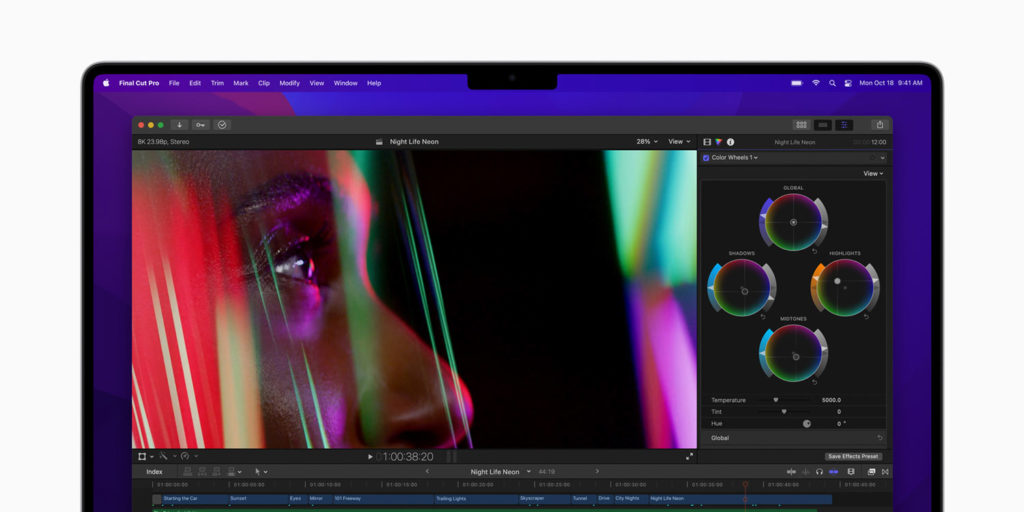MacBook Pro just underwent a big redesign, one that reversed many of the changes people hated about the last few releases, adding “revolutionary” features like function keys and HDMI ports in addition to an incredible new Apple Silicon chip (M1 Pro or M1 Max) that blows away almost any PC laptop – even when running on battery power.
All signs pointed to this being the perfect MacBook and everything pro users have been asking for. So trust Apple to throw in something else to stir controversy. Enter the notch!
That’s right, these latest MacBook Pro models are notched with a rounded cutaway that eats into the top of the screen in exactly the same way as the last few iPhones. It’s striking, sure, but a lot of people think it’s ugly. So why is it there?
Two good reasons
Reason number one is practical. Shoving the camera system into a notch allows Apple to significantly reduce the bezels around the display, meaning larger screens without making the overall laptop any bigger. That’s especially noticeable in the 14-inch MacBook Pro, which feels a big step up from the previous 13-inch design without additional bulk.
Reason number two is marketing. In a world where many devices are little more than just blank slabs, the notch has become a pretty iconic piece of branding for Apple. With no Home button, it differentiates iPhone from other smartphones at a glance, and sharing that design language across multiple product lines is a good way to unify the range. It’s recognizable and it’s unique.
How it works
If you’re thinking the notch will interfere with what’s on-screen, cutting away content and eating into the top of apps, think again. It’s the exact same height as the persistent menu bar at the top of macOS, meaning it only chops into empty space. (Unless you have, like, 20 status bar apps running). And when apps or video content goes full screen, the menu bar goes black to effectively hide the notch away. It also looks as though an option in System Preferences will give users choice over how this is handled.
As noted by David Pogue on Twitter, the notch isn’t just for a webcam. In addition to the new 1080p camera, it also houses the two ambient light sensors that allow TrueTone color matching and automatic brightness to work, plus an LED to indicate when the camera is being used. That just wouldn’t fit without larger bezels or a notch, and we think Apple has probably chosen the lesser of two evils here.
Missed opportunity
If there has to be a notch, Apple has implemented it well – with one exception. The lack of Face ID is surprising, considering how the notch is so synonymous with facial recognition and how useful the feature could be on a laptop. These machines have Touch ID embedded into the power button, sure, but for a high-end laptop that starts from $1999 you’d expect Apple not to skimp on one of its flagship features.
Overall, then, the notch has its benefits, while the downsides are perhaps smaller than people might initially think. But it’s certainly a choice that will stand to irritate many users who might otherwise be overjoyed at Apple’s best MacBook Pro in years.
